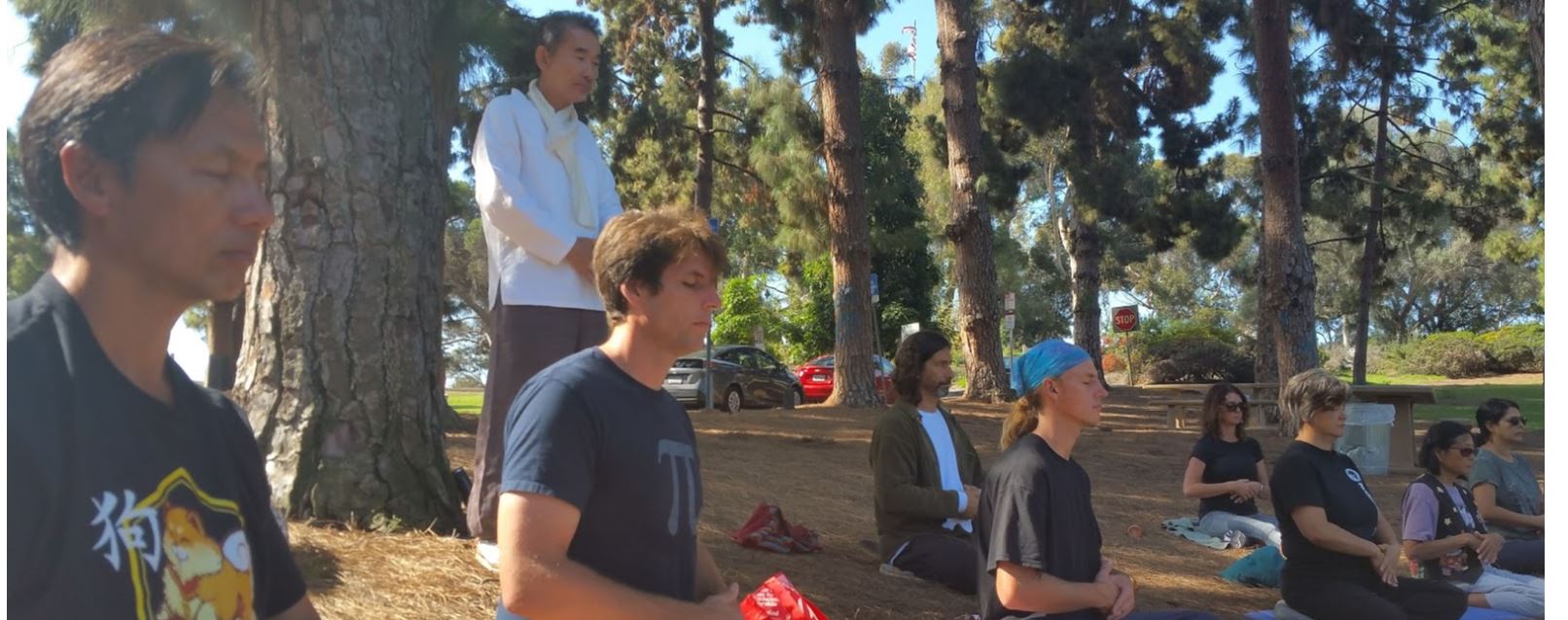What is Qigong?
With ‘Qi (氣)’ meaning ‘life energy’ and ‘gong (功)’ meaning ‘practice’, ‘Qigong (氣功)’ is a cover term for disciplines or holistic approaches which use breathing, movement (including the so-called ‘internal martial arts’) and meditation.
Its immediate goal is to improve health by cultivating ‘Qi’, and the ultimate purpose is for us humans to become whole and fully developed as a part of nature or universe by balancing and integrating those three aspects of our being: (i) ‘Jing (精, body)’; (ii) ‘Qi (氣, energy)’; (iii) ‘Shen (神, consciousness).
It is originated from China several thousand years ago, and the philosophical root is mainly Taoism although Chinese Buddhism and Confucianism also had some influence on its development over the history. Orthodox Qigong practices are not complicated or mystic. All practices should be accompanied by mindfulness or intention to focus, and your breathing should be natural at all times.
If you repeat exhaling and inhaling slowly and quietly with your eyes closed, your body and mind will relax. When your body and mind become comfortable, imagine that all the pores in your body open up and that you breathe through the pores as well as through your nostrils. This ‘pore breathing’ will help your Qigong practice be more effective, and it is the base for the so called ‘Tae-Shik (胎息, The Breathing in the Mother’s Womb)’.
Awakening & Balancing Viscera
‘Awakening & Balancing Viscera’ is the key practice of Keum-Sun Qigong and YongBo-Pil-Bup. In this practice, you awaken and heat the ‘Qi’ (氣, life energy) of bladder, liver, heart, stomach, lungs and kidneys in order by gently rubbing the area with your hands, and this process is called ‘energy cultivation (氣化)’. Then you circulate the energy, with bladder → liver → heart → stomach → lungs → kidneys → bladder making one cycle. This circulation is called ‘Small Circulation of Qi’. You begin or end the practice by cultivating the energy of Dantian (丹田) in your lower abdomen.
Please see the picture below and memorize the location of each organ.



